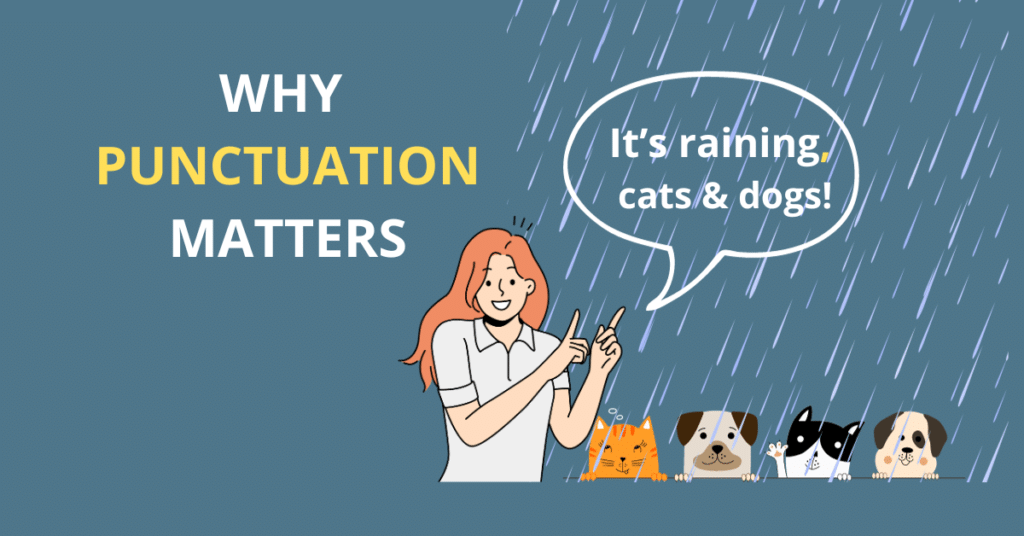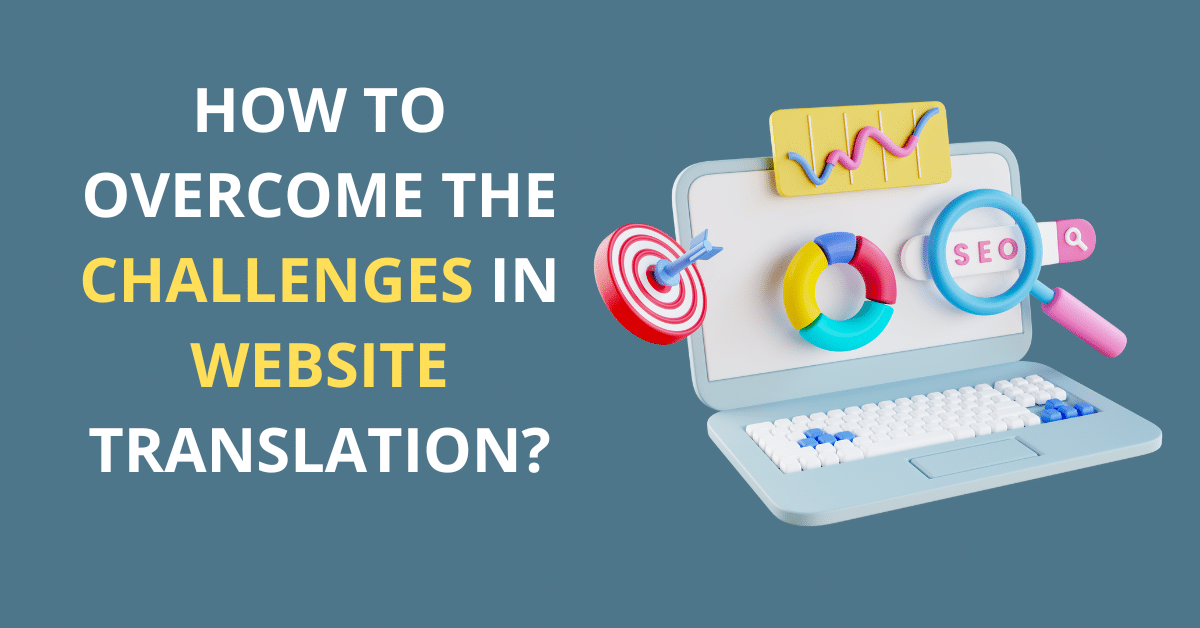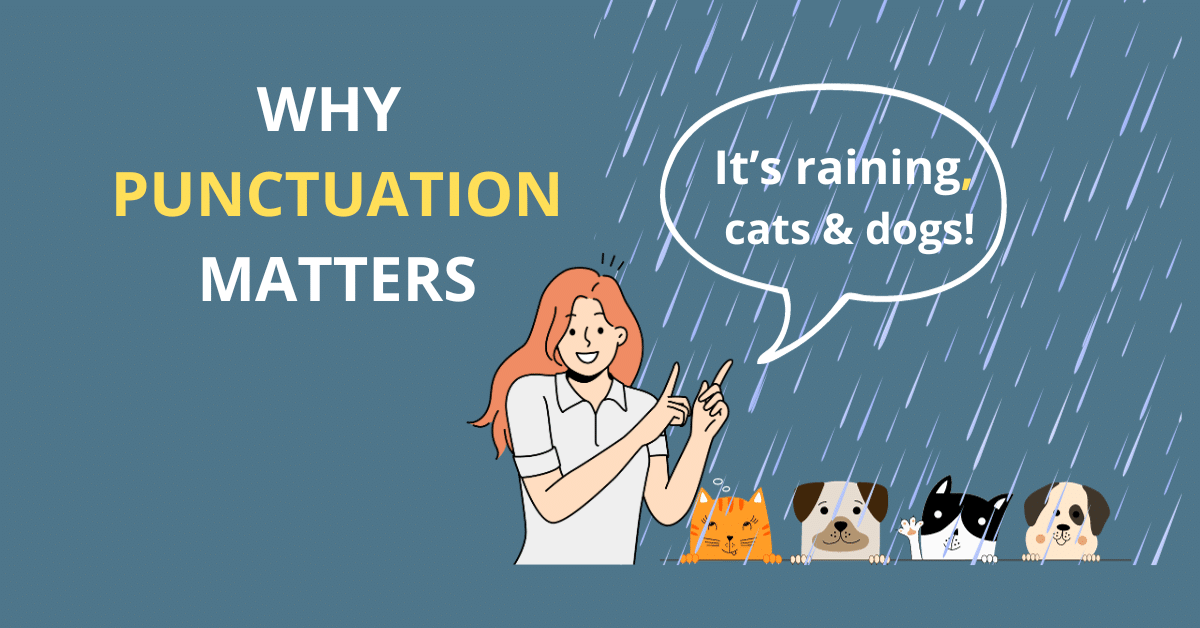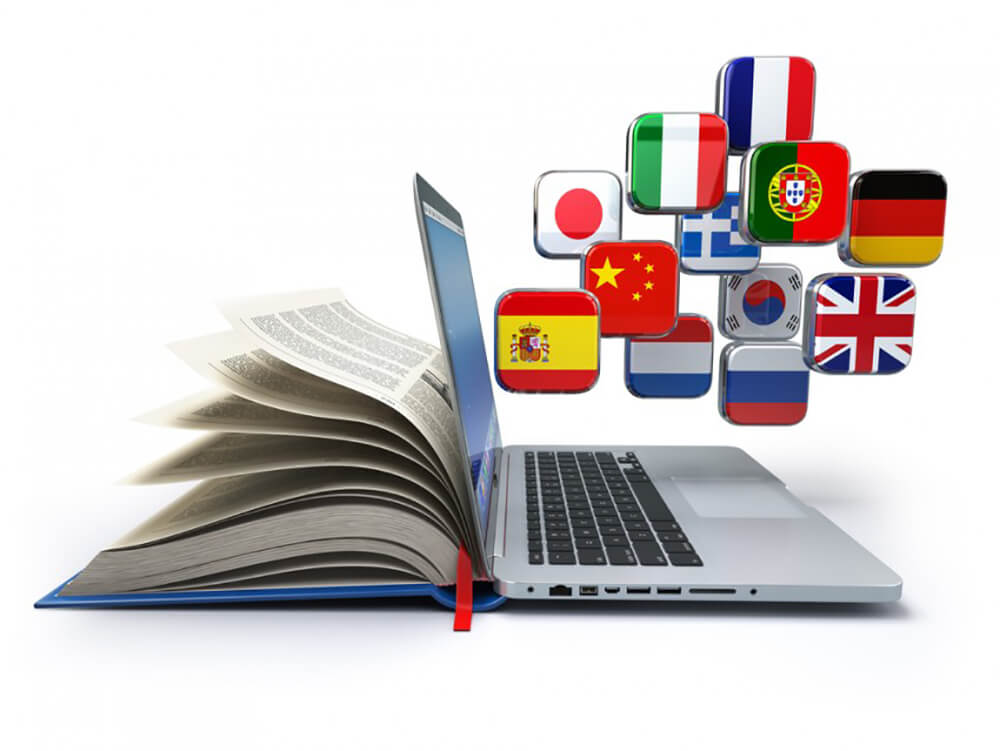Punctuation usage varies across European languages, adding interesting nuances to written communication. Here are some fun facts about punctuation in a few European languages:
In Spanish, both question marks (¿) and exclamation marks (¡) come at the beginning of a sentence as well as at the end. This helps the reader anticipate the tone of the upcoming sentence.
In French, it’s common to add a space before a colon (:). This is in contrast to English, where the colon is directly attached to the preceding word.
German often uses different quotation marks (“ ”) compared to English (‘ ‘). Additionally, when a quote continues to the next paragraph, the closing quotation mark appears at the end of the first paragraph, and a new one starts the next paragraph.
In Italian, the use of double consonants is crucial for meaning. For instance, “pasta” (paste) and “pasta'” (paste with an accent) mean different things. Punctuation plays a crucial role in distinguishing such nuances.
Portuguese writers often use ellipses (…) for various purposes, not just to indicate an omission in a quote. It’s common to see ellipses used for dramatic effect or to create a sense of continuation.
Similar to French, Swedish also adds a space before colons and semicolons. This typographic feature distinguishes it from English, where these punctuation marks directly follow the preceding word.
Russian lacks definite and indefinite articles, and its punctuation marks, such as quotation marks and dashes, differ from those used in English.
These differences in punctuation across European languages add unique flavors to the written expression and reflect the linguistic diversity of the continent.




